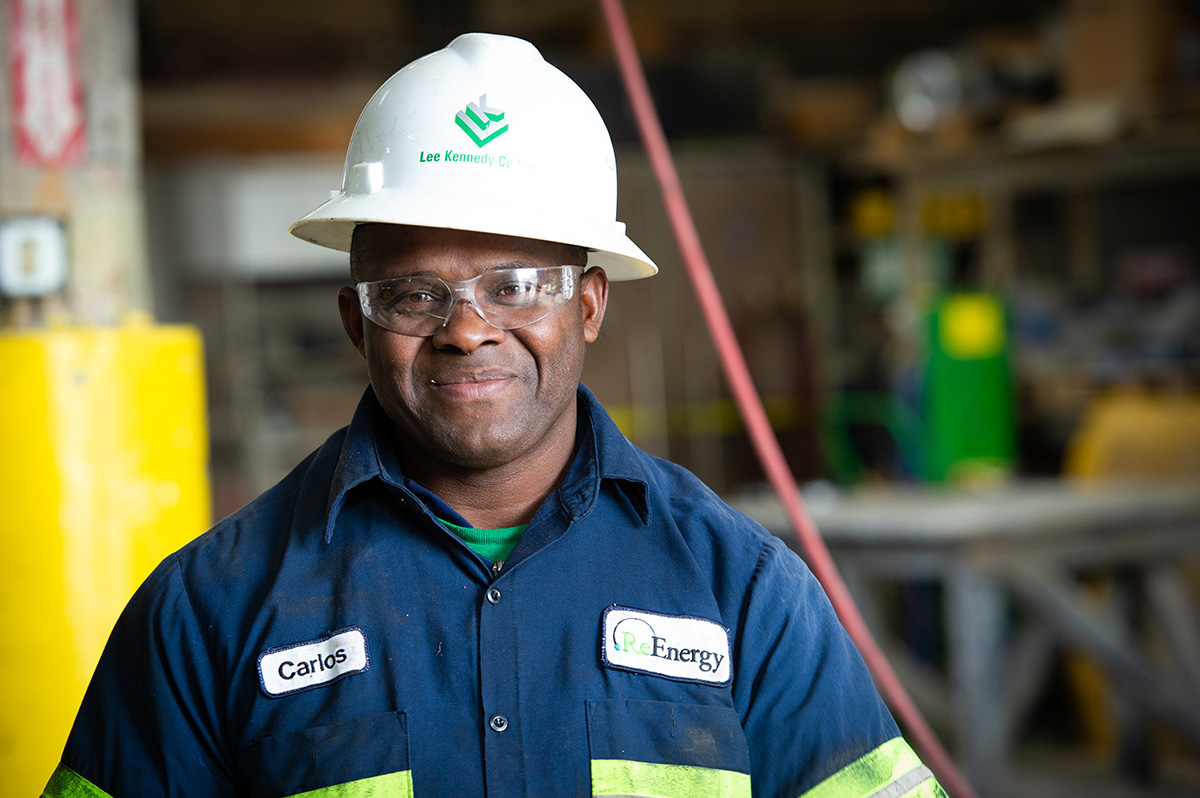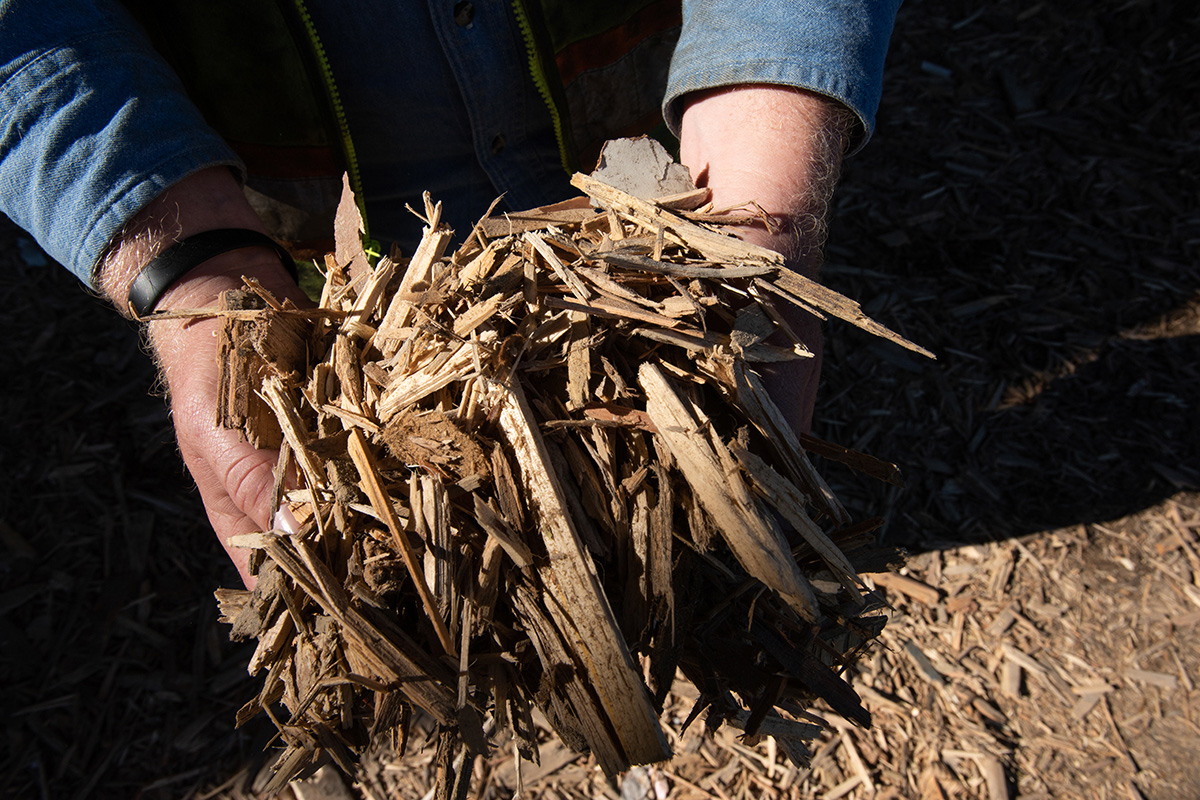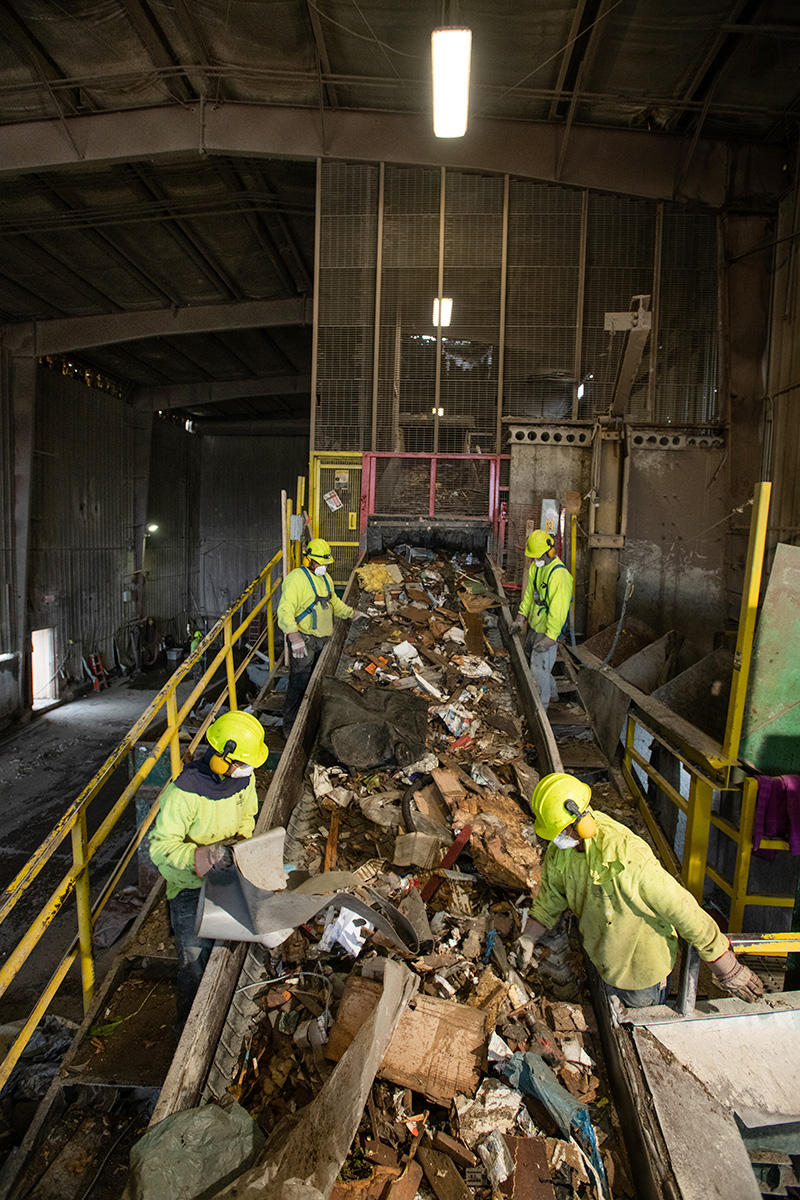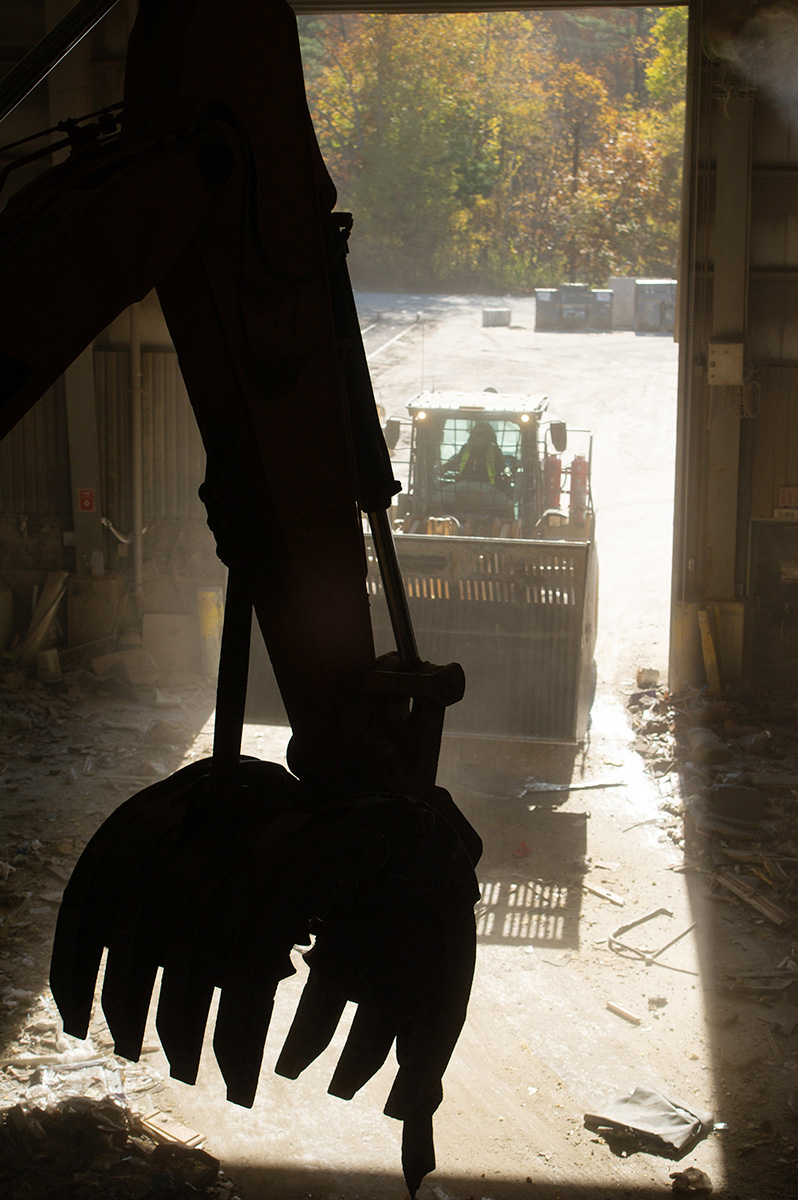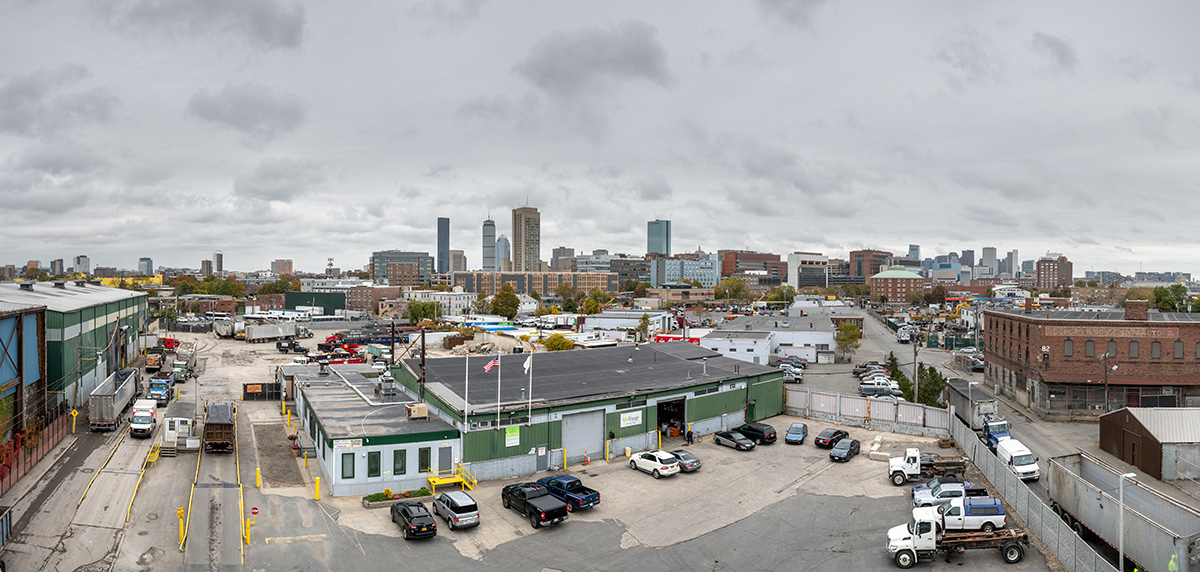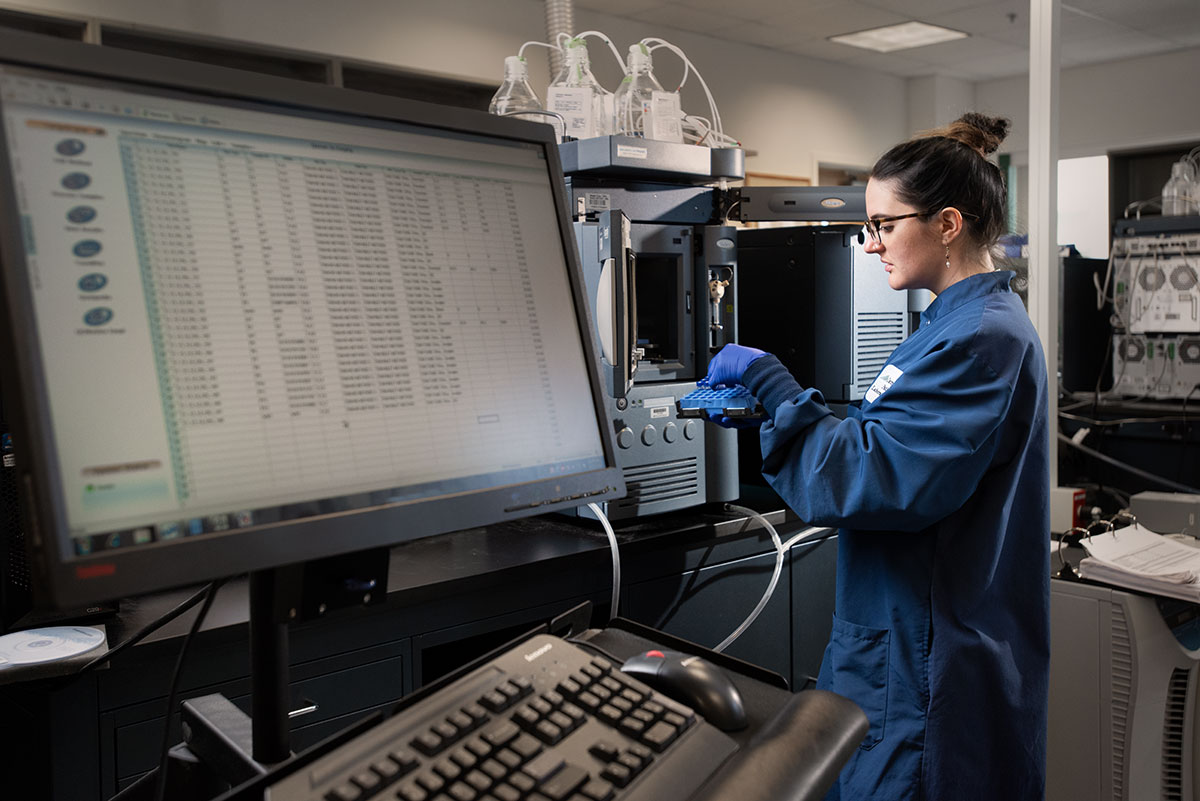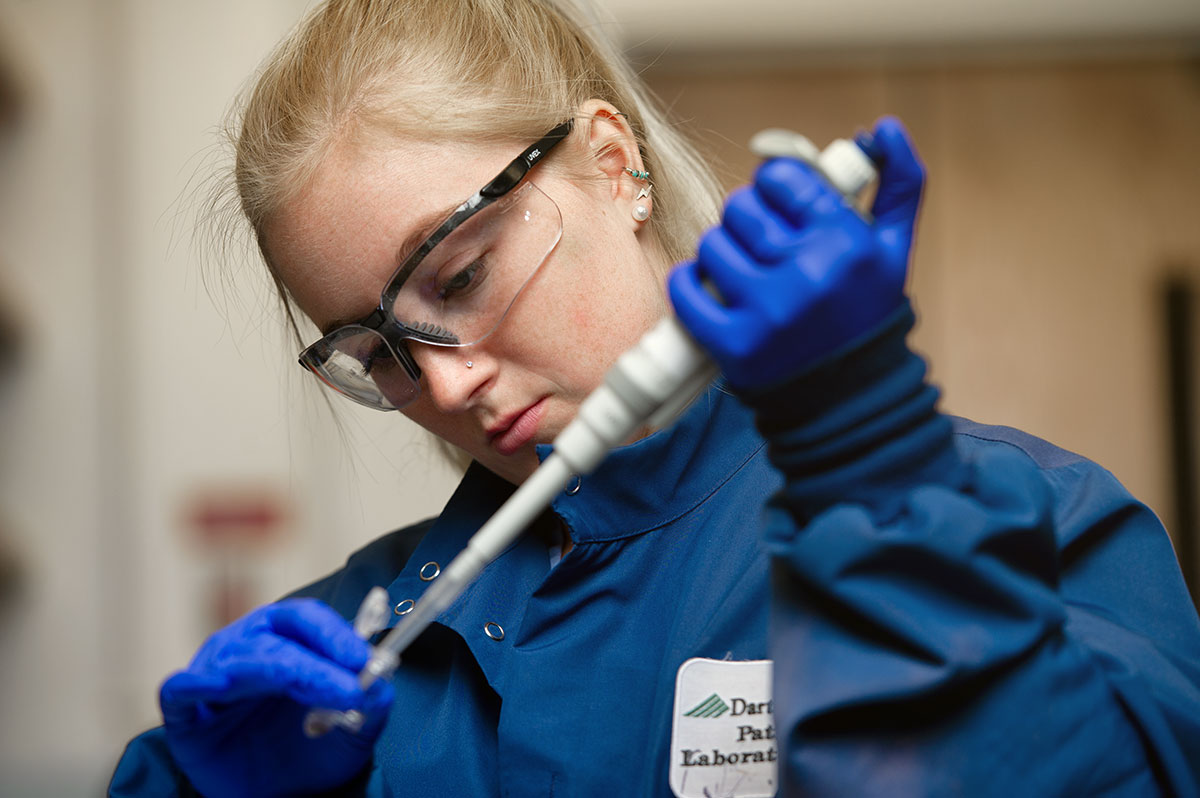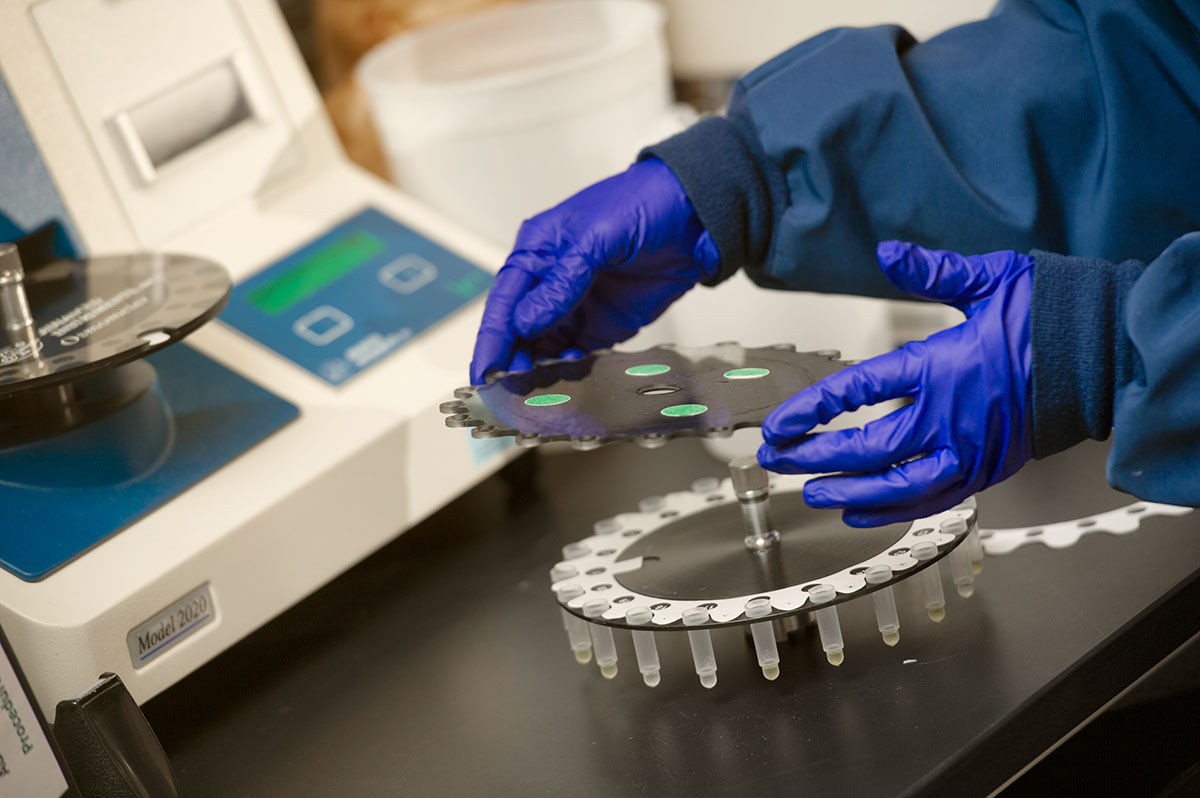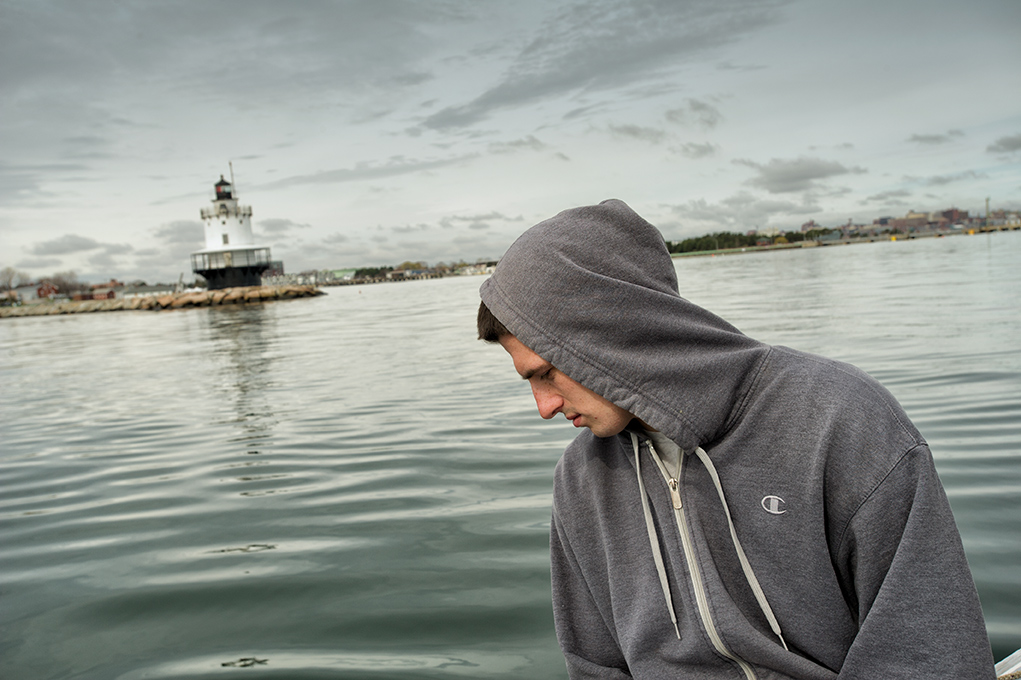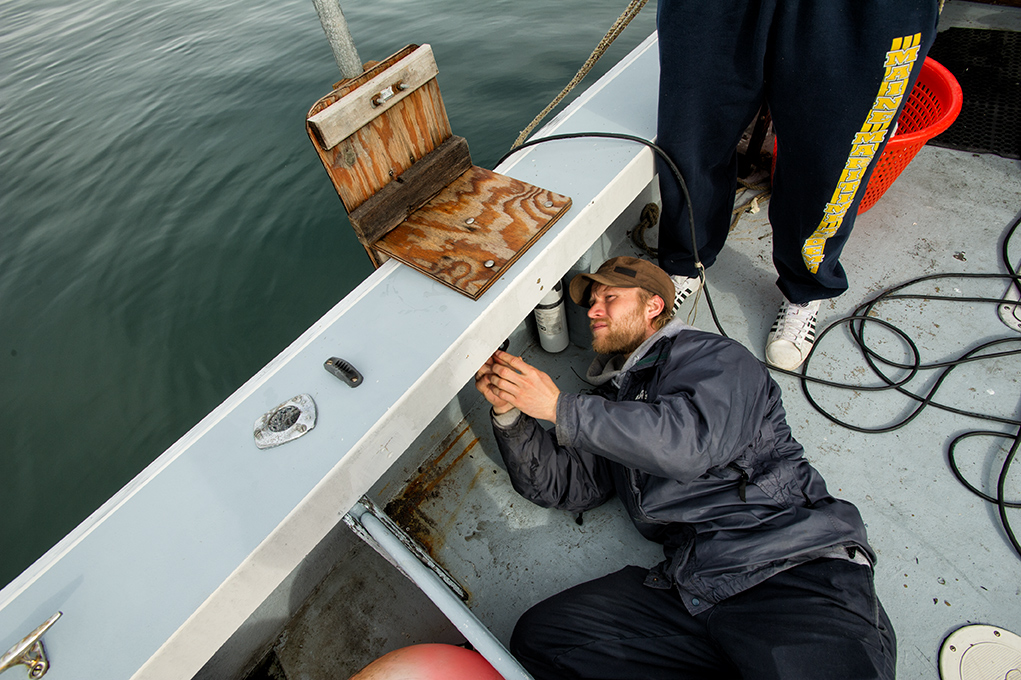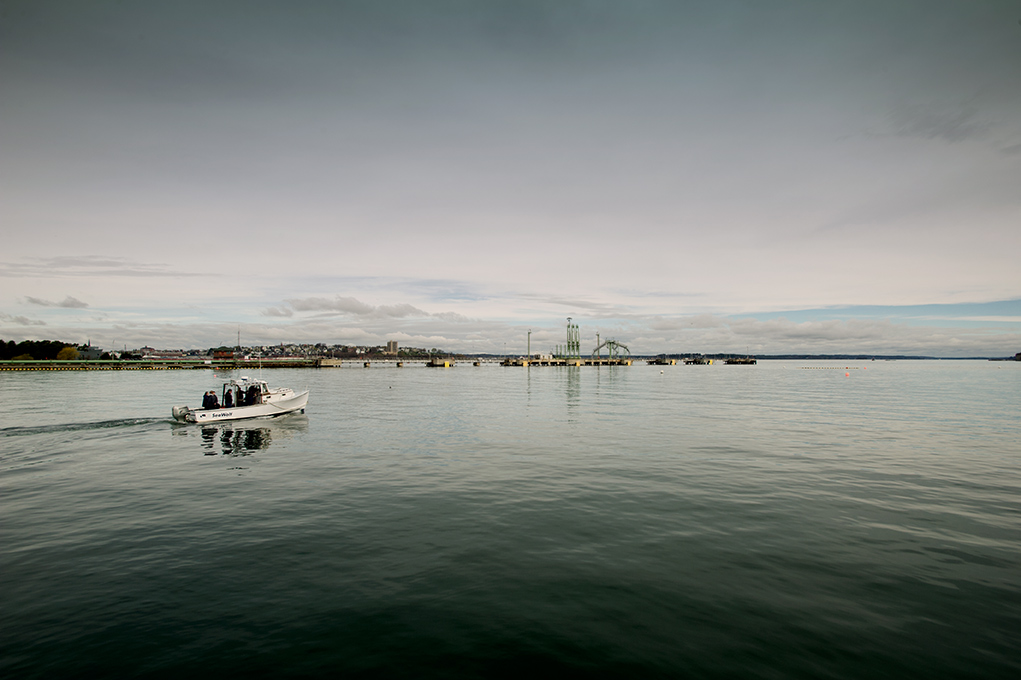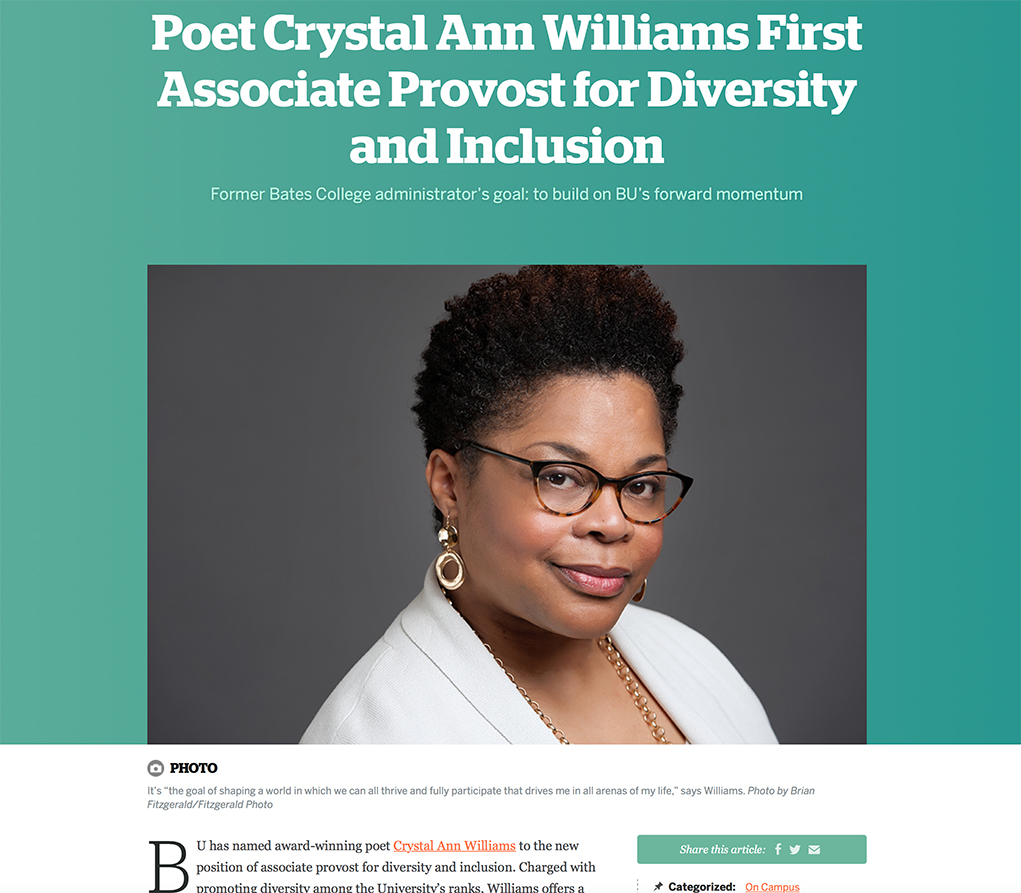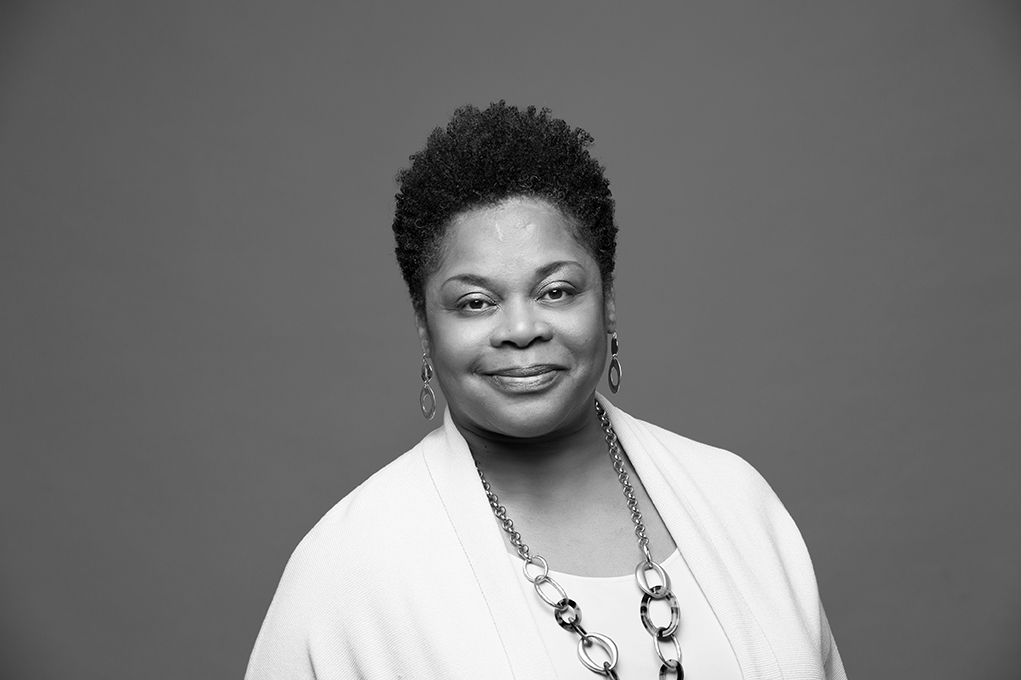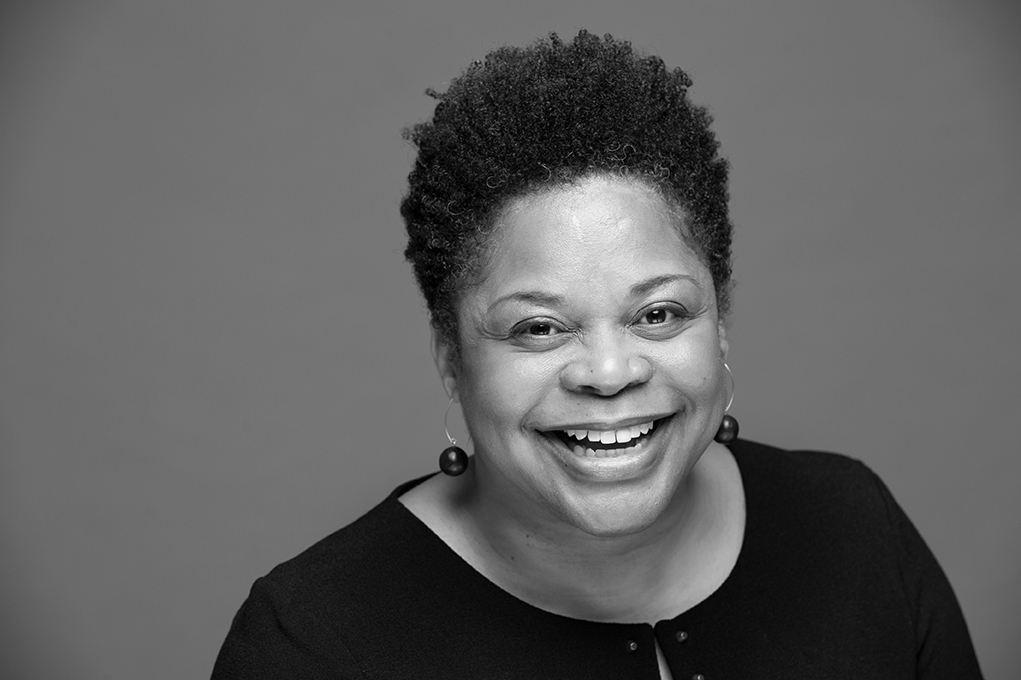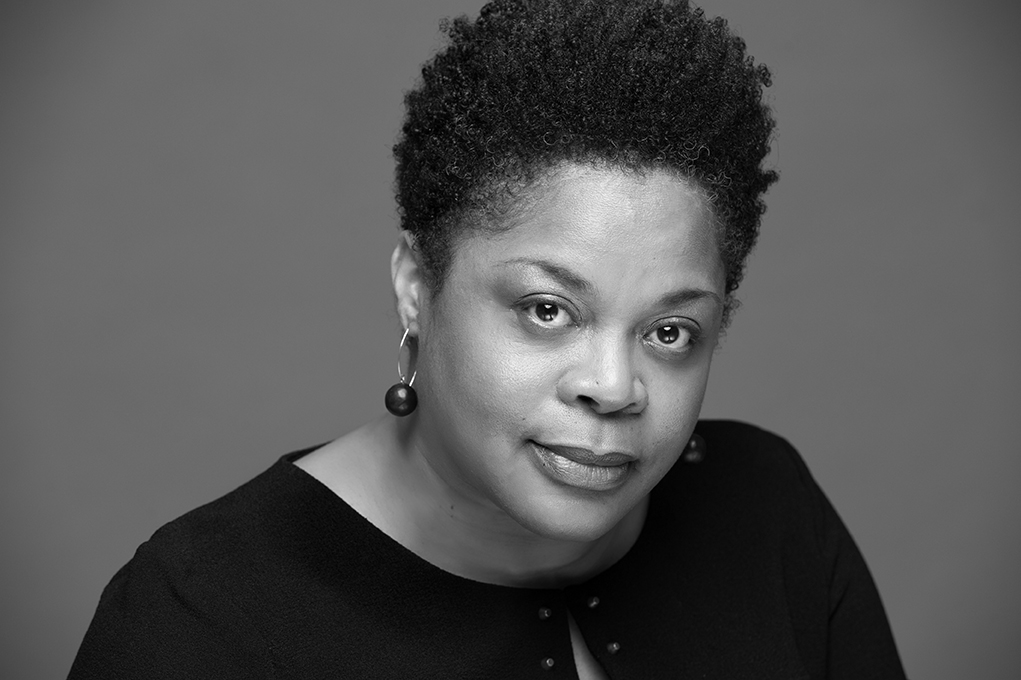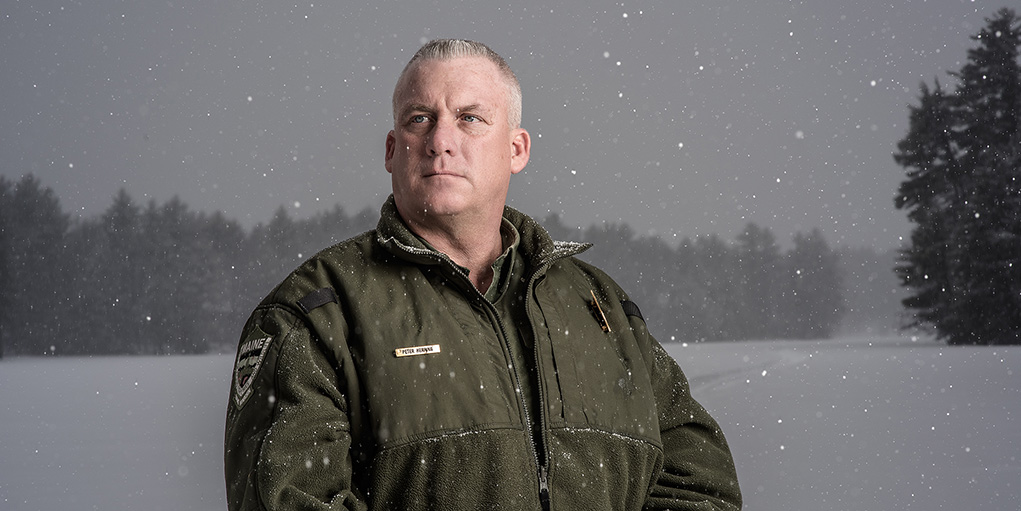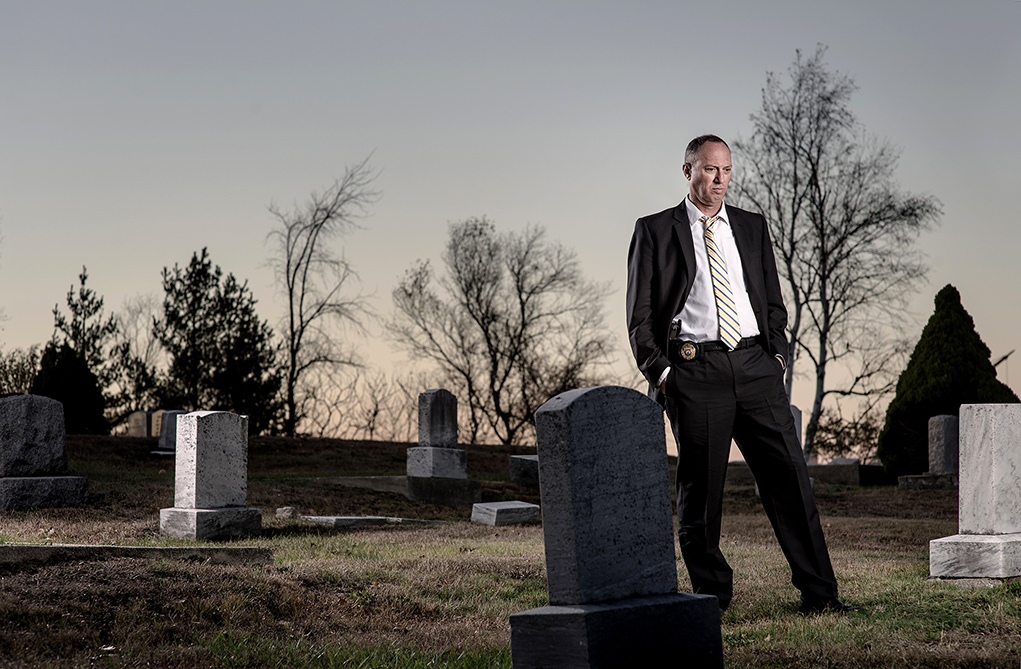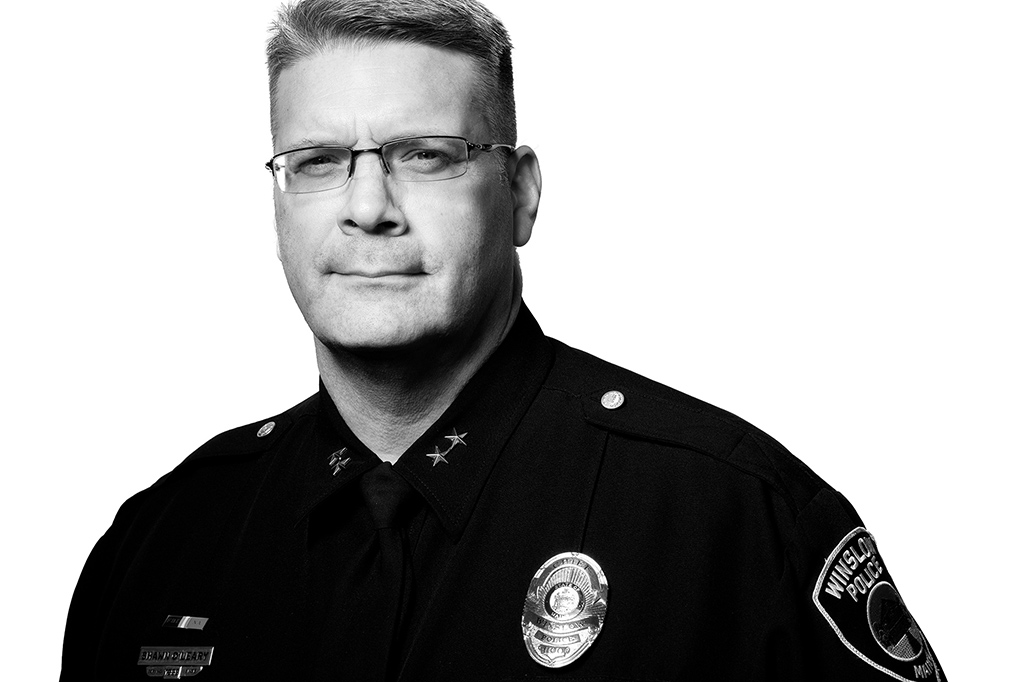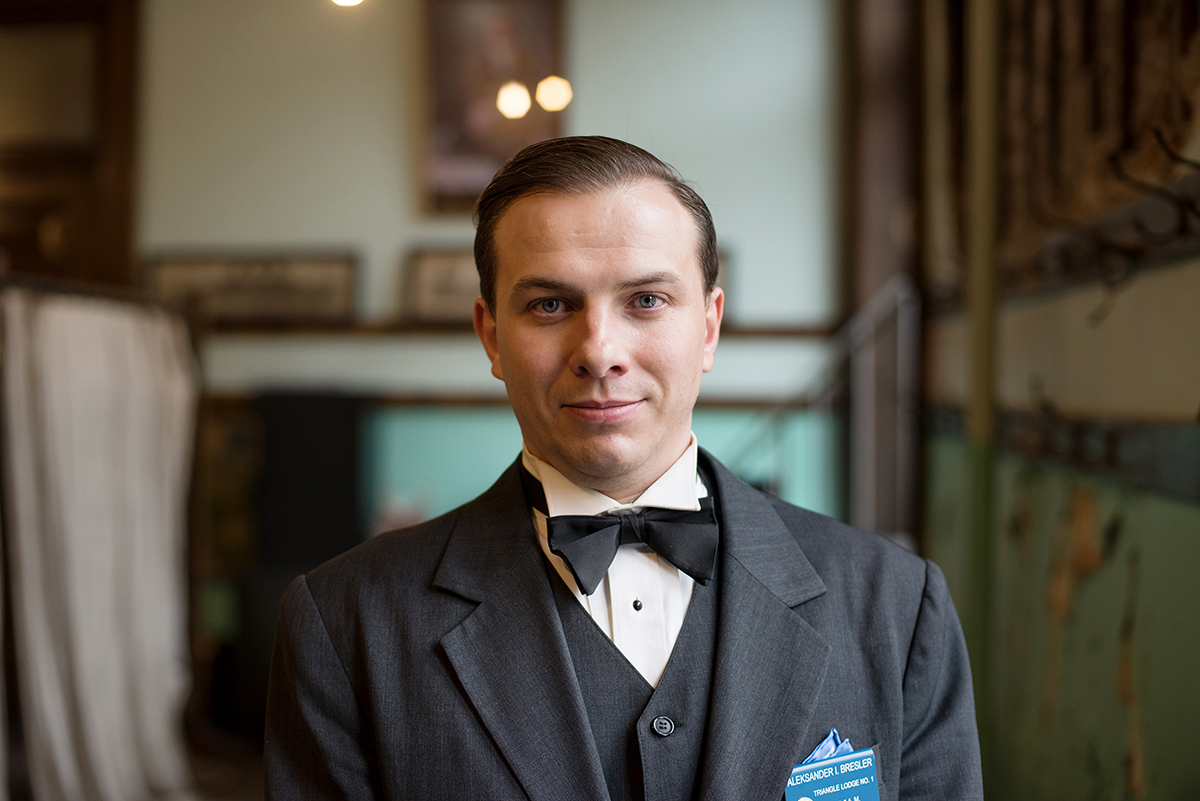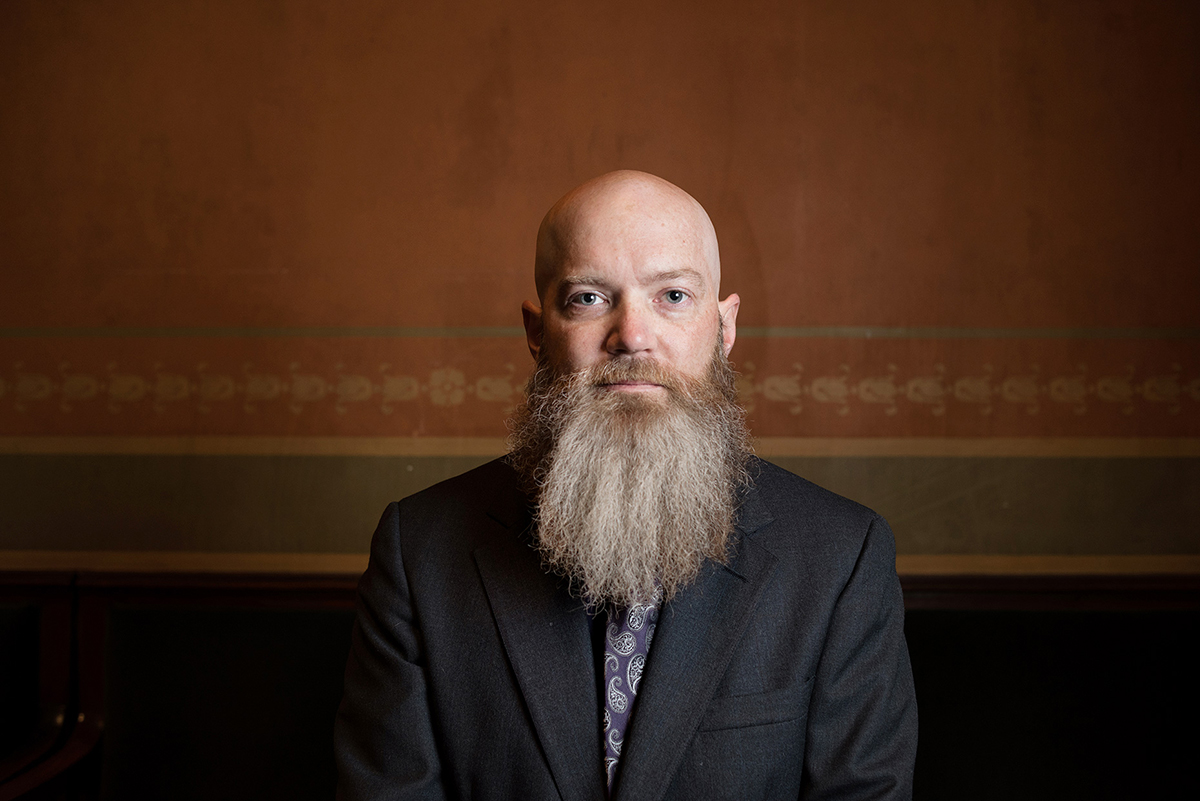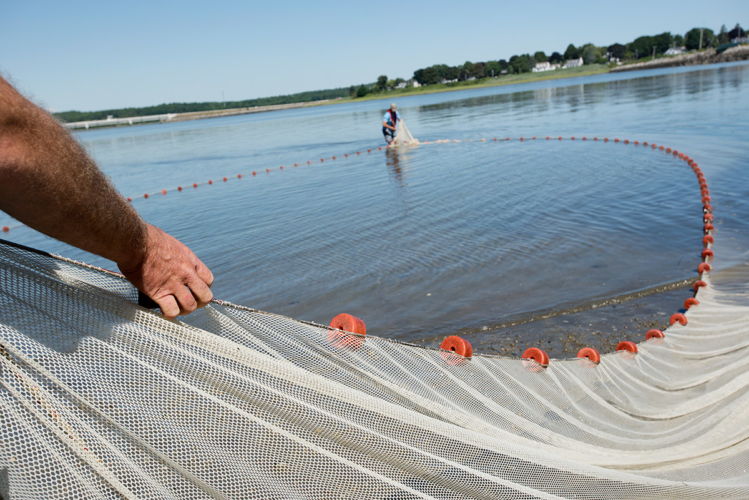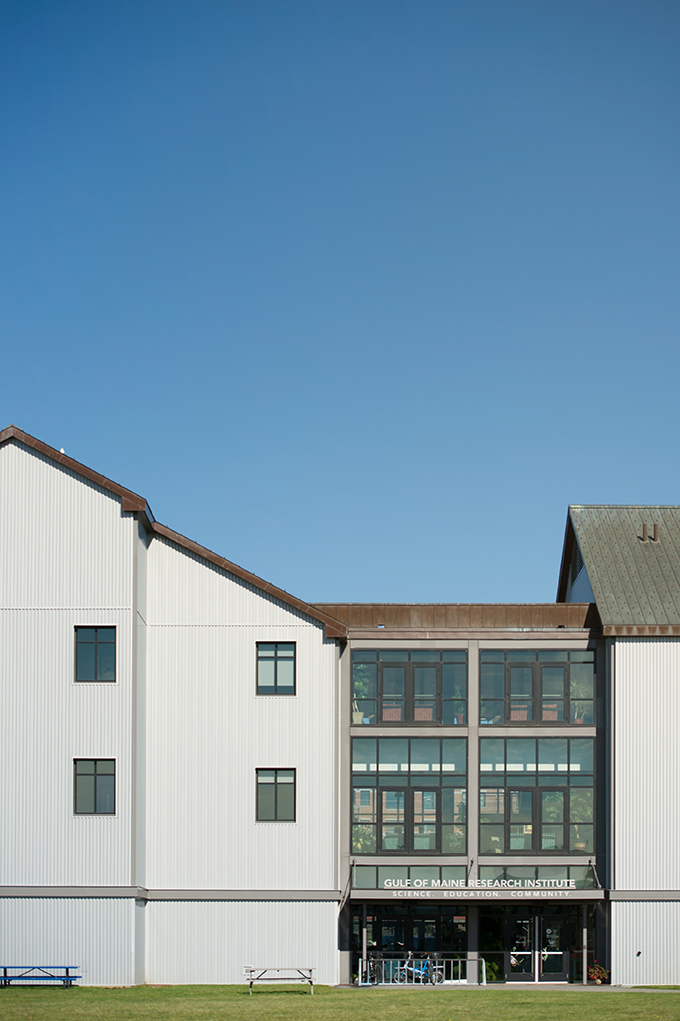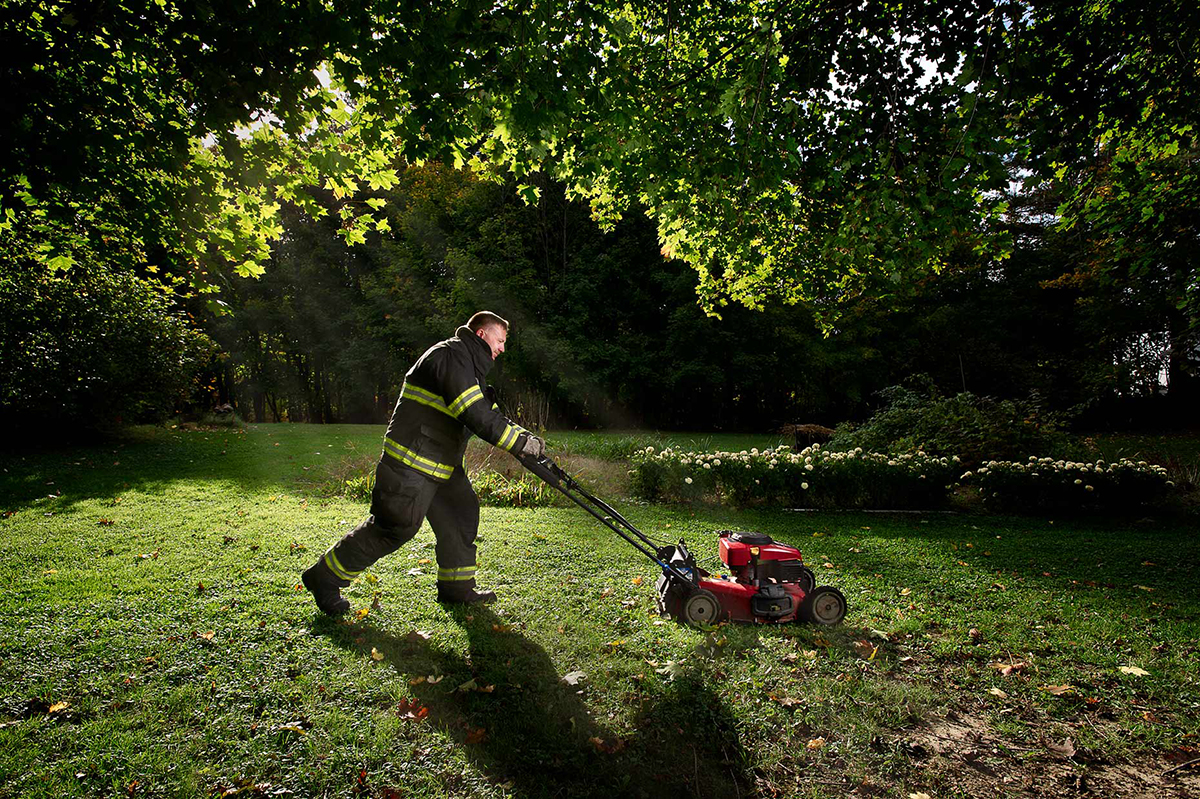
I grew up Catholic, which might explain why I have a deep-seated belief that anything good in my life must be accompanied by a healthy amount of suffering.
That’s not the healthiest story to tell oneself, but I’ve come to replace it with another, more powerful story: if you want good value or results—a great shoot, great assignments, great clients—then you have to first give great value.
What does ‘value’ mean? It means that you should do your best to be remarkable in your work, your attitude, your professionalism. It means that you ask first how you can help before you ask for help. It means that you give more value than your client expects. It means that when you are on a shoot, you go that extra mile: look for an extra angle, take a creative risk and push yourself to take something different once you’ve satisfied your client’s needs. Sometimes you’ll end up with something that surprises you and delights your client.
If you consistently do this and have the attitude of giving more than you are getting, you’ll find—like I have—that you get an amazing amount of value in return.
It starts with you.


